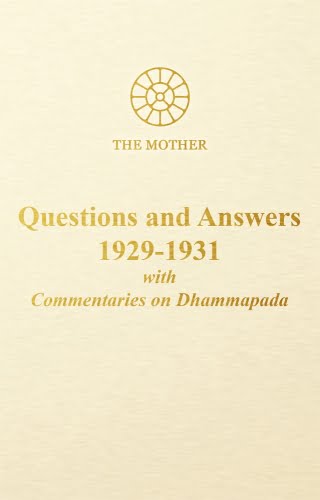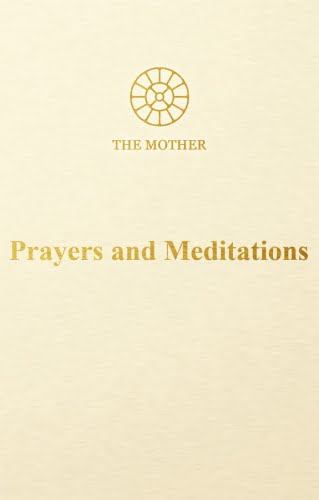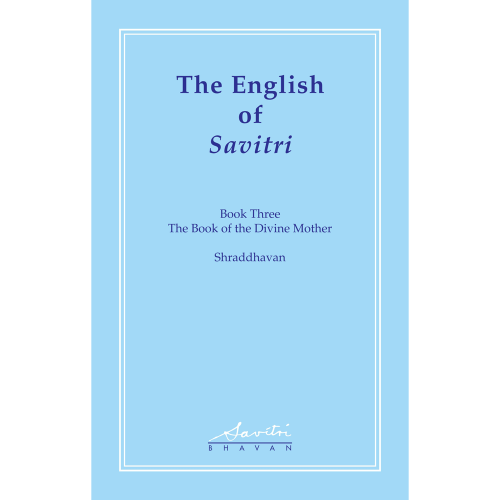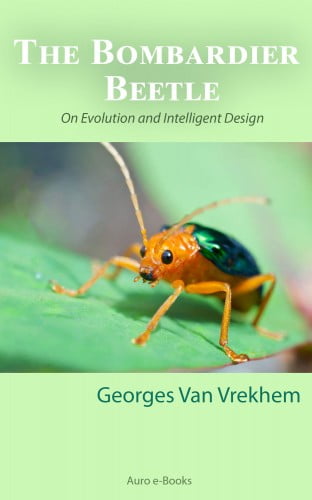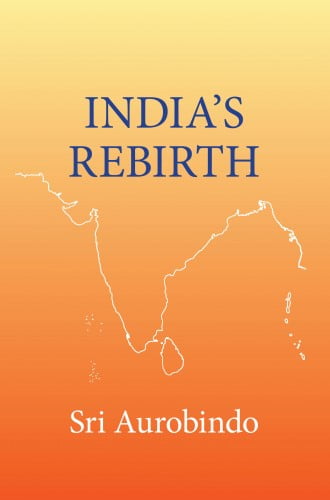Filosofia della Religione (Italian)

Filosofia della Religione
Il materiale presentato in questo libro è il risultato della trascrizione di una serie di dodici letture date da Rod Hemsell al Savitri Bhavan in Auroville, India. Con dettagli interessanti e intricati Rod dipinge con ampie pennellate un intenso ritratto storico dell’evoluzione del pensiero filosofico e del suo impatto sulla dottrina religiosa che si estende oltre duemila e quattrocento anni di storia. Il tema sottostante, naturalmente, è la lenta e costante evoluzione della coscienza umana che scorre in molti diversi rivoli di pensiero, sbocciando dalla fontana dell’esperienza umana mentre cresce nella conoscenza. La profondità di tale discorso non è per nulla opprimente, tuttavia, qui non stiamo più guadando in una piscina per bambini… In queste letture, Rod ha introdotto un numero di personaggi ed idee familiari, e ne ha introdotte molte altre che potrebbero non essere così ben conosciute; il tutto invita il lettore ad approfondire proseguendo nella sua personale ricerca. Vengono esplorati antichi sentieri per scoprire le grandi similarità soggiacenti alle maggiori religioni di oggi che potrebbero altrimenti rimanere non notate, e Rod ci convince che ciò era inevitabile fin dall’inizio, da quando abbiamo avuto a che fare con le verità universali.


